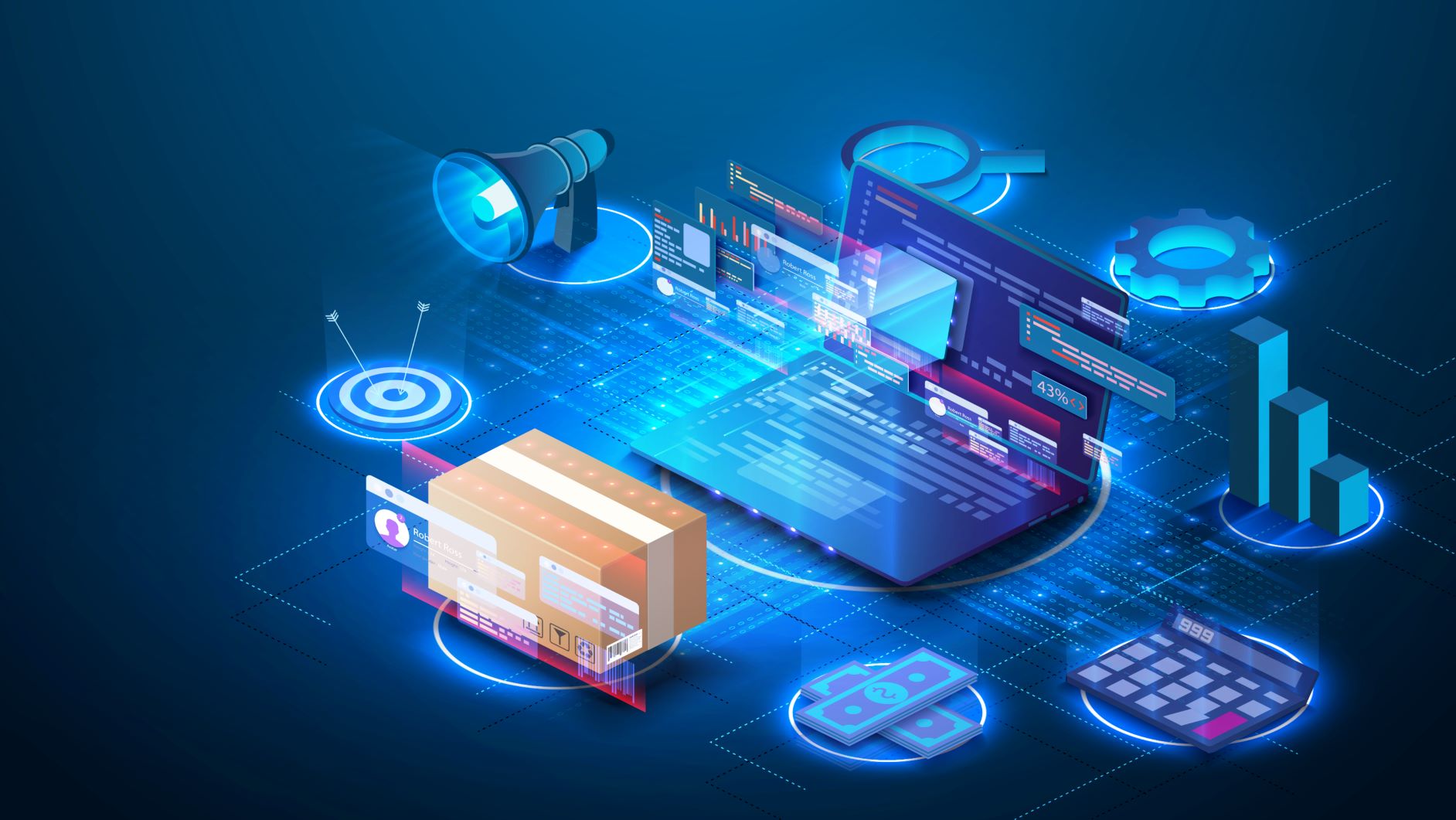Digitalisation is not just transition to digital media, it's transformation of the methodhow we do business, communicate and make decisions. Digitalisation, or also Digital transformation, includes automation, document digitization and data-driven decision making. But how do you digitise in a way that is efficient and doesn't "hurt" your business too much? What is the digitization process?
Digitisation process and individual steps
The process of digitising a business is complex and involves several steps:
- Assessment of the current situation: As a starting point, existing practices, processes and technologies need to be assessed. Identify areas that could be streamlined or improved through digitisation.
- Goal setting: Define what you want to achieve by going digital - for example: increase efficiency, reduce costs, improve customer service or extend your market reach.
- Communication within the team: Not only the processes, but also the mindset of the company, i.e. employees and management, are becoming digital. It is important to get the support of all stakeholders and prepare them for the new processes.
- Selection of appropriate technologies: Choose the technologies and tools that best match your goals. This can include software solutions, applications, process automation, cloud services, etc.
- Implementation of new systems: Install and deploy new technologies and systems - i.e. modify existing systems or implement new ones.
- Staff training: Provide the necessary training for employees to effectively use new technologies and procedures. Increasing digital literacy is key.
- Data management and analysis: With digitisation, the amount of data is increasing. Ensure that data is properly collected, managed and analysed.
- Data security and protection: With digitalisation, it is important to ensure data security and protection from cyber threats. Implement appropriate security measures.
- Continuous improvement: Digitisation is not a one-off process. Regularly evaluate the results, gather feedback from employees and customers and make necessary adjustments.
- Adaptation to new technologies: Technology is evolving rapidly. Be prepared to adapt new trends and tools that can move your business forward.
What are the benefits of digitalisation for business?
- Increased efficiency and productivity by automating routine tasks
- Better data analysis and decision making through data collection and advanced analysis
- Better customer experience, faster and more convenient interaction with customers and personalised content
- Reduce costs and errors, automation and more efficient processes
- Greater competitive advantage, faster response to industry changes and the ability to innovate
Blue Dynamic is Microsoft Certified Partner will help you with every step of the digitization process. From the initial analysis of your needs and customization of technology solutions to the implementation and training of your team.
Free e-book: 3 reasons why your digital transformation is failing (so far)
Digital transformation can move your business forward, we stand by that. But if you don't get it right and comprehensive, you risk failure. Wasted money, wasted time, wasted charm and wasted drive. That's not (especially in business) a very appealing idea. Where is the buried dog? Download our free e-book and discover the top 3 reasons that lead to digital failure.


